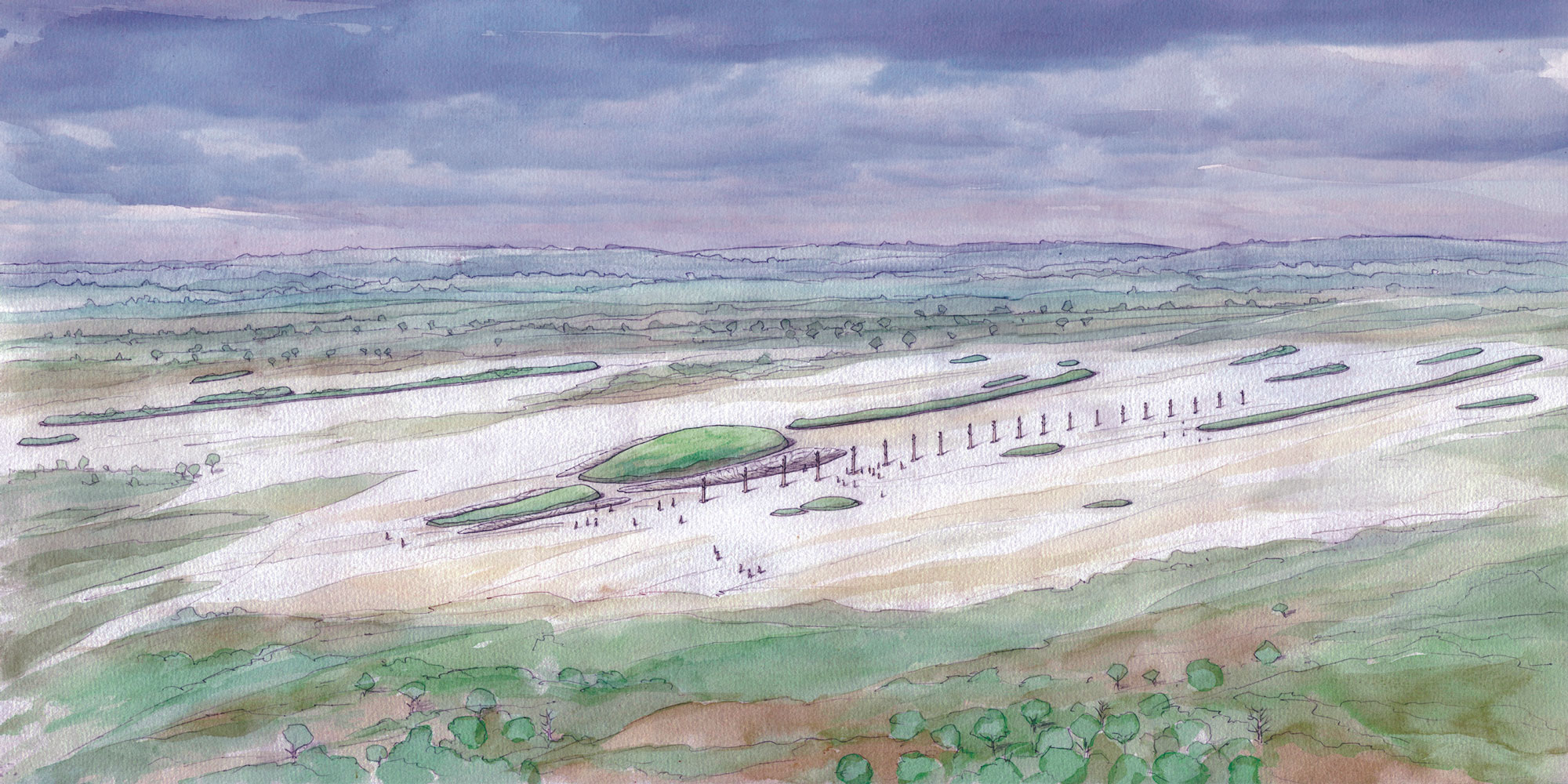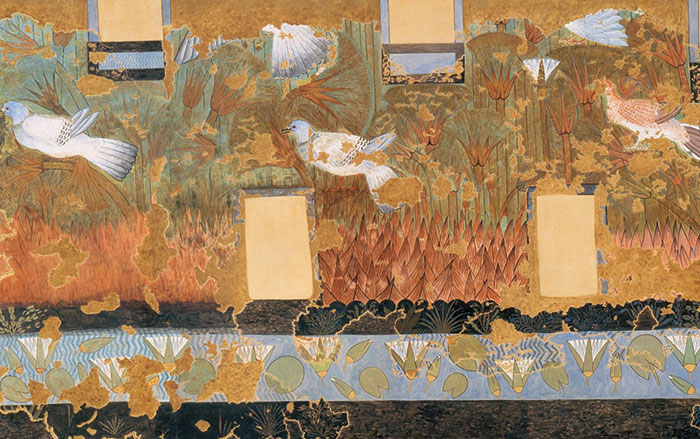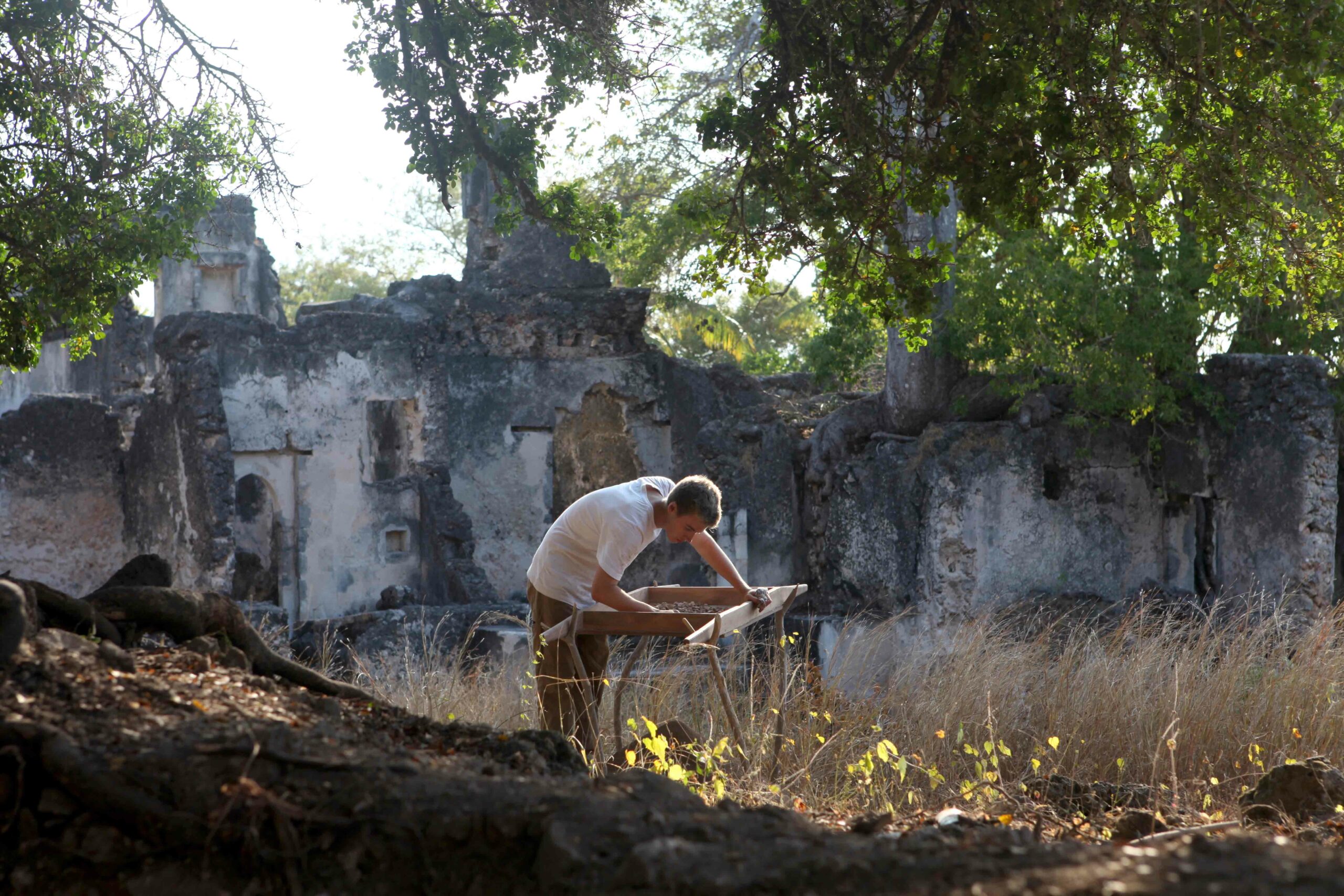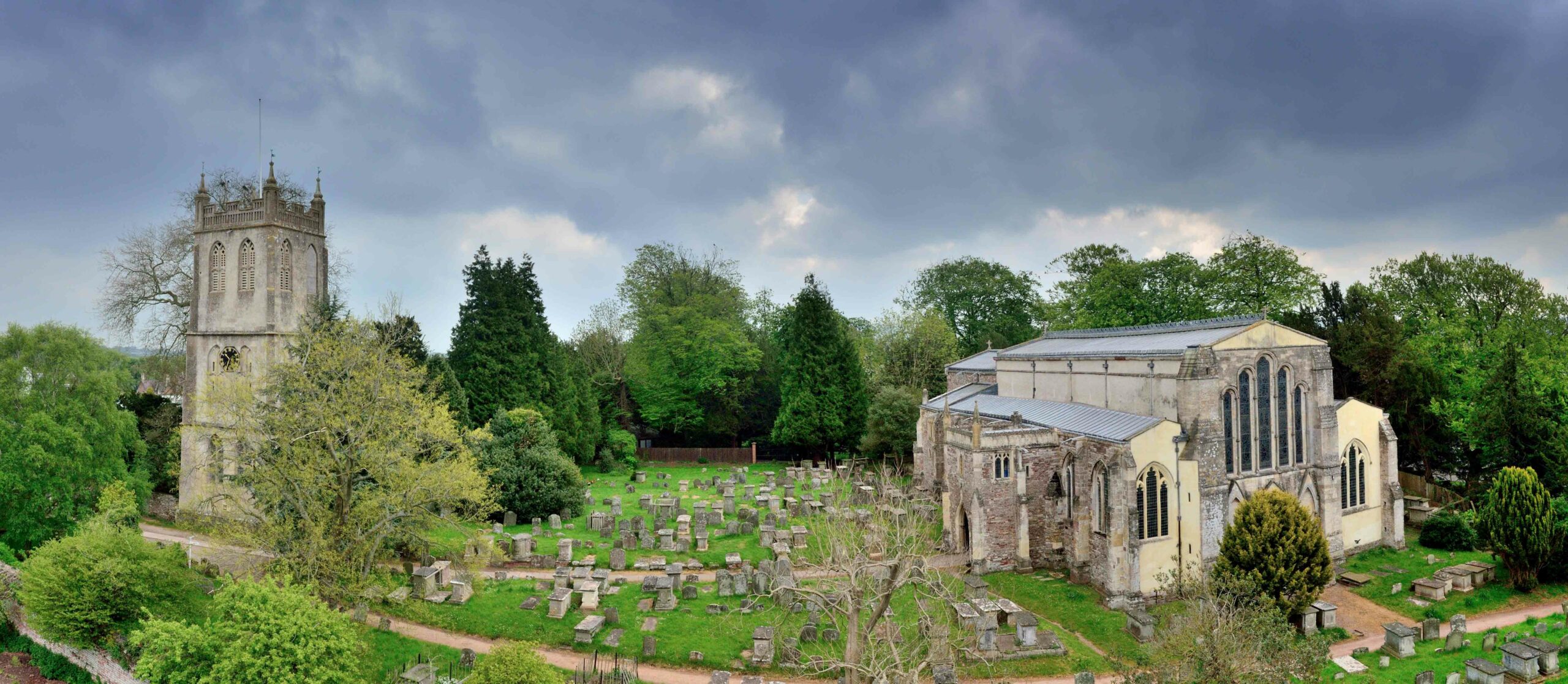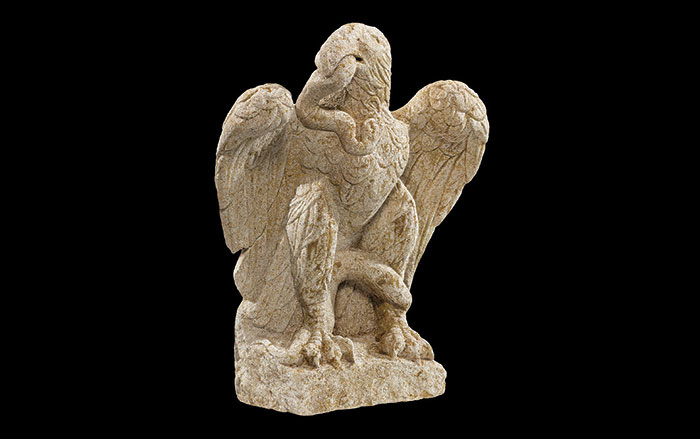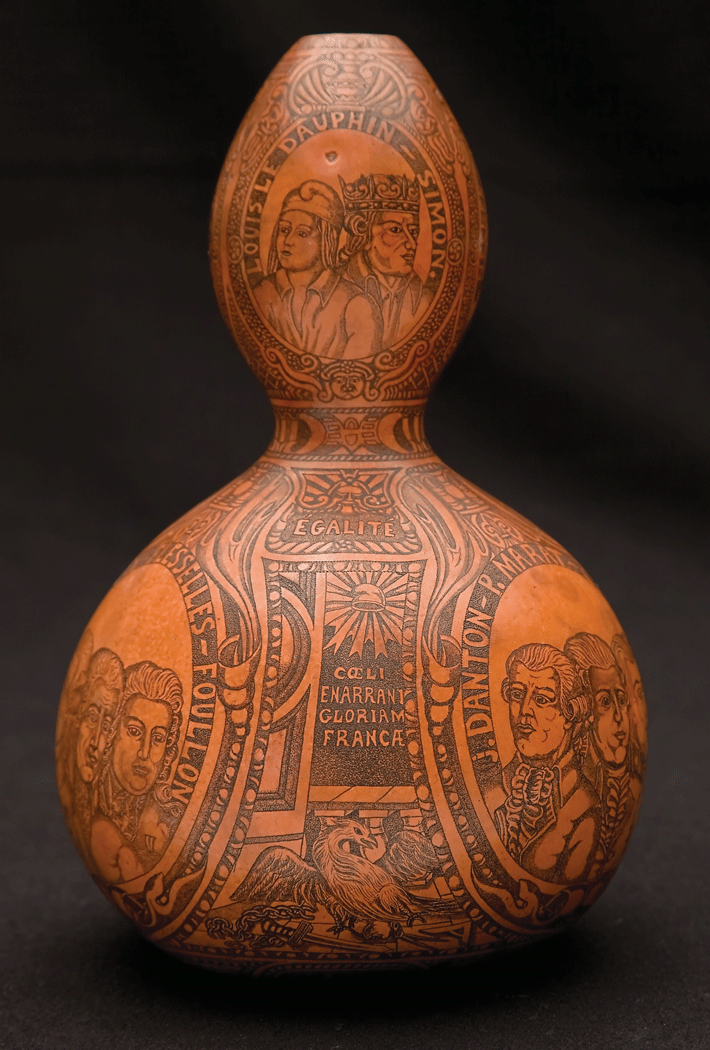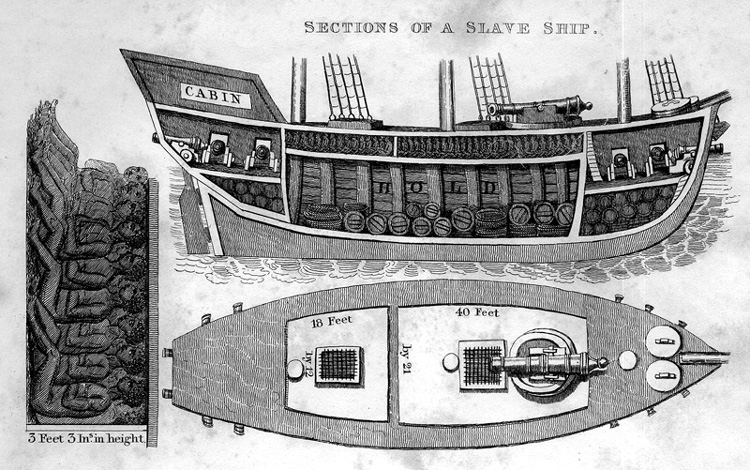
RIO DE JANEIRO, BRAZIL—In preparation for this year’s World Cup and the 2016 Summer Olympics, many construction projects are underway in Rio De Janeiro, and they are uncovering evidence of the city’s historic involvement in the Atlantic slave trade—more than 1.8 million enslaved Africans landed in Rio. The sites include Valongo wharf, where early nineteenth-century ships docked and unloaded their human cargo, the ruins of the slave market, and the Cemitério dos Pretos Novos, or the Cemetery of New Blacks, a mass grave for the thousands of people who did not survive. “We’re finding archaeological sites of global importance, and probably far more extensive than what’s been excavated so far, but instead of prioritizing these discoveries our leaders are proceeding with their grotesque remaking of Rio,” Sonia Rabello, a legal scholar and former city councilwoman, told The New York Times.



